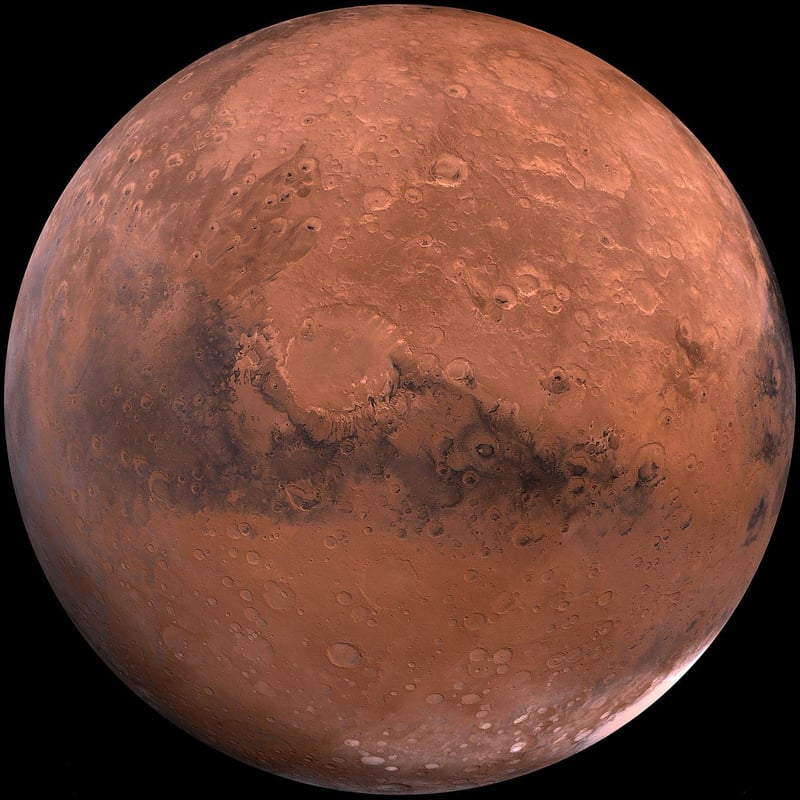Rovers
The Future of Space Exploration: Innovations in Rover Technology
Space exploration has always captured the imagination of mankind, and with advancements in technology, the possibilities for exploring the cosmos are expanding. Rovers, robotic vehicles designed to traverse the surface of celestial bodies, have been instrumental in gathering valuable data and expanding our understanding of the universe. Let's delve into some of the cutting-edge innovations in rover technology that are shaping the future of space exploration.
1. Autonomous Navigation
One of the most significant advancements in rover technology is autonomous navigation. Rovers are now equipped with sophisticated AI systems that allow them to navigate challenging terrain, avoid obstacles, and make decisions independently. This capability has revolutionized exploration missions by reducing human intervention and enabling rovers to explore remote locations efficiently.

2. Sample Collection and Analysis
New generation rovers are equipped with advanced tools for sample collection and analysis. These rovers can drill into the surface of planets or moons, collect samples, and perform detailed analysis to understand the composition of the soil, rocks, and atmosphere. This capability is crucial for identifying signs of life and determining the habitability of other celestial bodies.

3. Modular Design
Modern rovers are designed with modularity in mind, allowing for easy upgrades and customization based on the mission requirements. This modular approach enables researchers to adapt the rover's capabilities for different environments and tasks, making them versatile tools for exploration missions to various celestial bodies.
4. Long-Distance Communication
Communication is crucial for controlling rovers on distant planets. Innovations in long-distance communication technologies have enabled rovers to send data back to Earth efficiently and receive commands from mission control in real-time. This advancement has significantly improved the reliability and effectiveness of rover missions.

5. Collaboration with Satellites
Rovers are now being designed to work in tandem with orbiting satellites to enhance their capabilities. Satellites provide valuable support by relaying communication signals, capturing high-resolution images of the terrain, and scouting locations for the rover to explore. This collaborative approach has revolutionized the efficiency and scope of exploration missions.
Conclusion
The future of space exploration looks promising with the continuous evolution of rover technology. These innovative advancements are not only expanding our knowledge of the universe but also paving the way for future manned missions to other planets. As we push the boundaries of exploration further, rovers will continue to play a crucial role in unraveling the mysteries of the cosmos.
